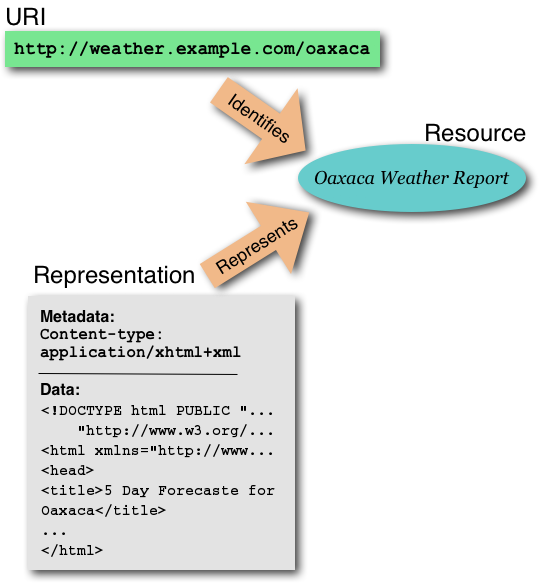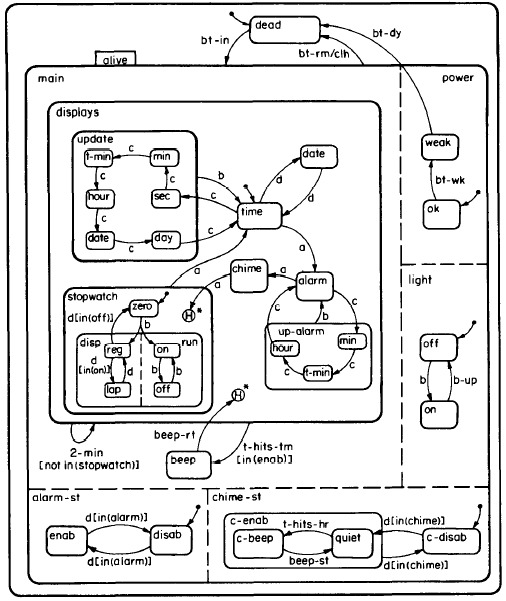But ...
Both can utilize W3C web technologies
The World Wide Web (WWW, or simply Web) is an information space in which the items of interest, referred to as resources, are identified by global identifiers called Uniform Resource Identifiers (URI).

New opportunities to give end users the means to select the modes of interaction best suited to their current needs, whilst also enabling the application developer to provide an effective end-user experience for whichever choices users make.
Giving users a choice of modes:
Speech brings new requirements for user interfaces
<emma:emma version="1.0" xmlns:emma="http://www.w3.org/2003/04/emma">
<emma:interpretation id="int1" emma:confidence="0.75">
<destination>New York</destination>
<date>28062005</date>
</emma:interpretation>
</emma:emma>
<body onload="intro.start();">
<salt:prompt id="intro" onComplete=" askTravel.start();">
Welcome to Ajax Travel
</salt:prompt>
<salt:prompt id="askTravel" onComplete="lsnTravel.start();">
Do you want to travel by air, rail, or boat?
</salt:prompt>
<salt:listen id="lsnTravel" onreco="threeWayBranch();">
<salt:grammar id="gram1" name="gram1">
<grammar version="1.0" xml:lang="en-US"
xmlns="http://www.w3.org/2001/06/grammar" root="travel">
<rule id="travel" scope="public">
<one-of>
<item>air</item>
<item>rail</item>
<item>boa</item>
</one-of>
</rule>
</grammar>
</salt:grammar>
<salt:bind targetelement ="saltdebug" value="/" />
<salt:bind targetelement ="spokenValue" value="//" />
</salt:listen>
<?xml version="1.0"?>
<html
xmlns="http://www.w3.org/1999/xhtml"
xmlns:vxml="http://www.w3.org/2001/vxml"
xmlns:ev="http://www.w3.org/2001/xml-events"
xmlns:xv="http://www.voicexml.org/2002/xhtml+voice"
>
<head>
<title>XHTML+Voice Example</title>
<!-- voice handler -->
<vxml:form id="sayHello">
<vxml:block>
<vxml:prompt xv:src="#hello"/>
</vxml:block>
</vxml:form>
</head>
<body>
<h1>XHTML+Voice Example</h1>
<p id="hello" ev:event="click" ev:handler="#sayHello">
Hello World!
</p>
</body>
</html>

See "On Visual Formalisms", David Harel, Communications
of the ACM, May 1988.